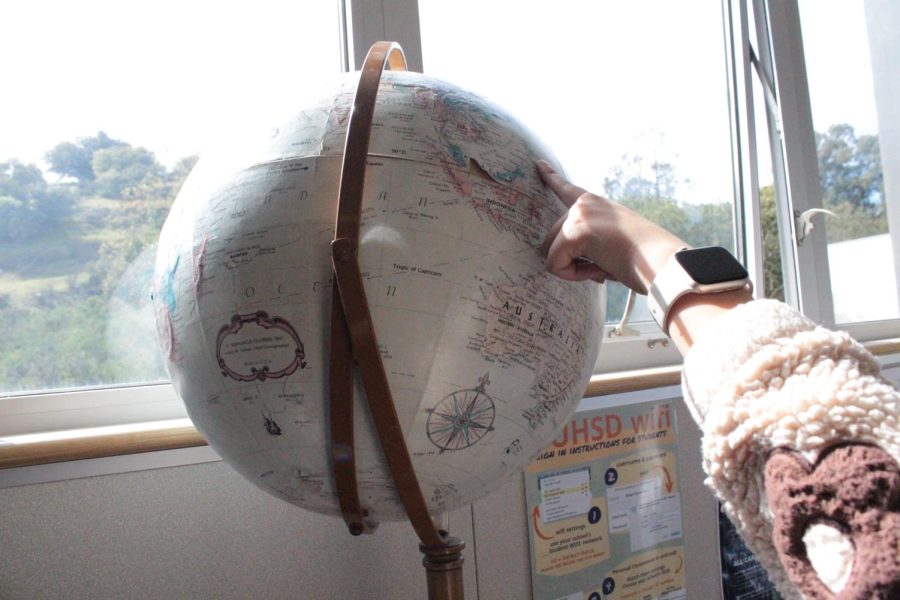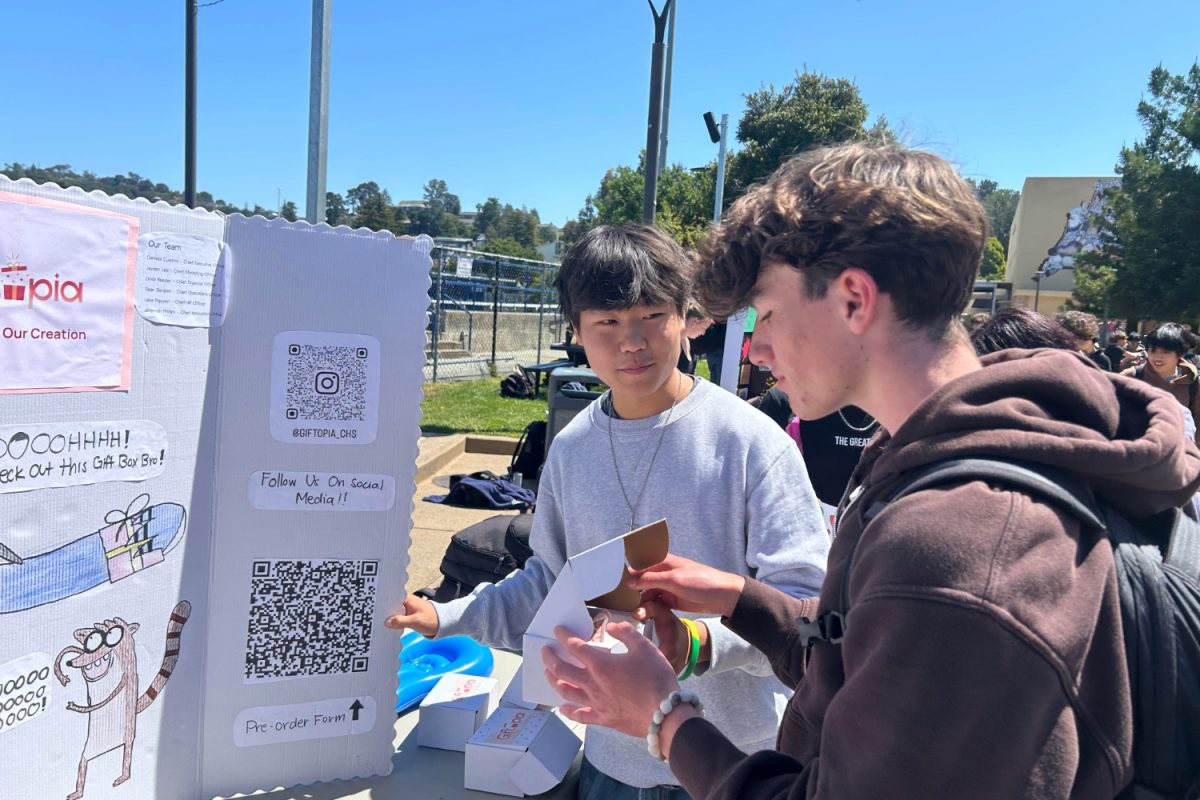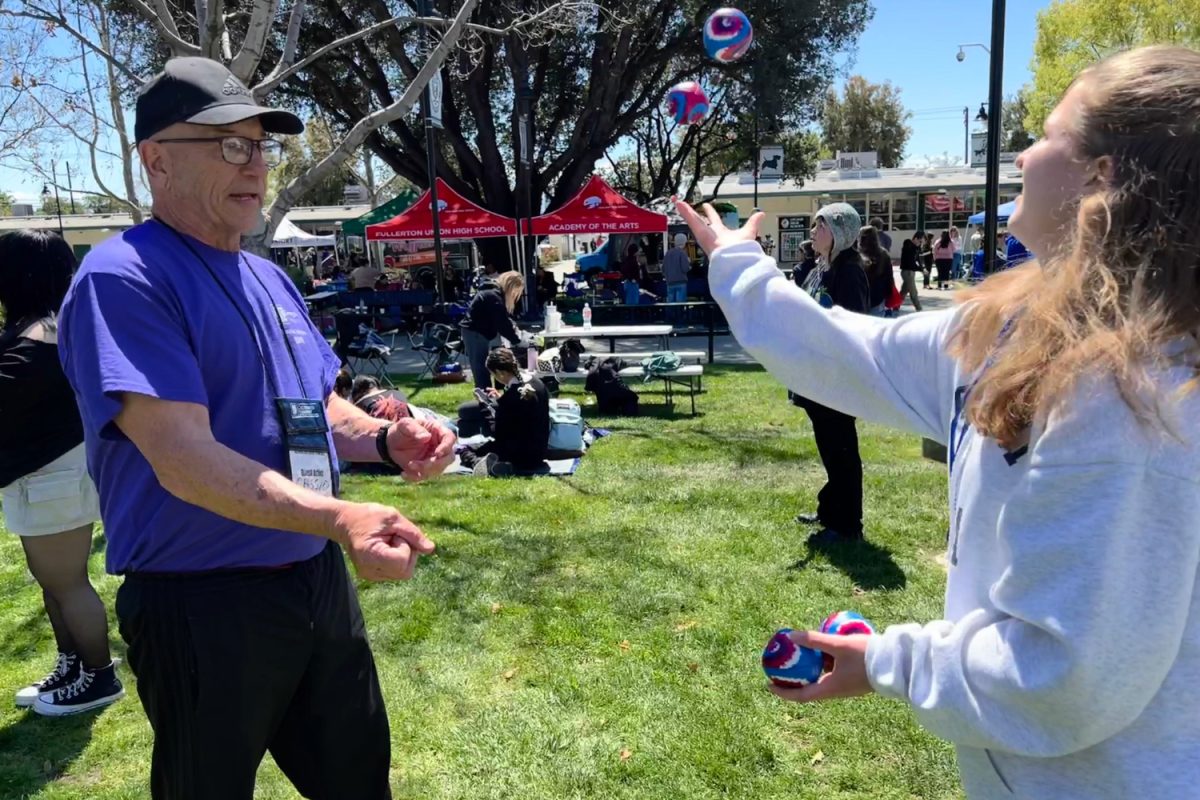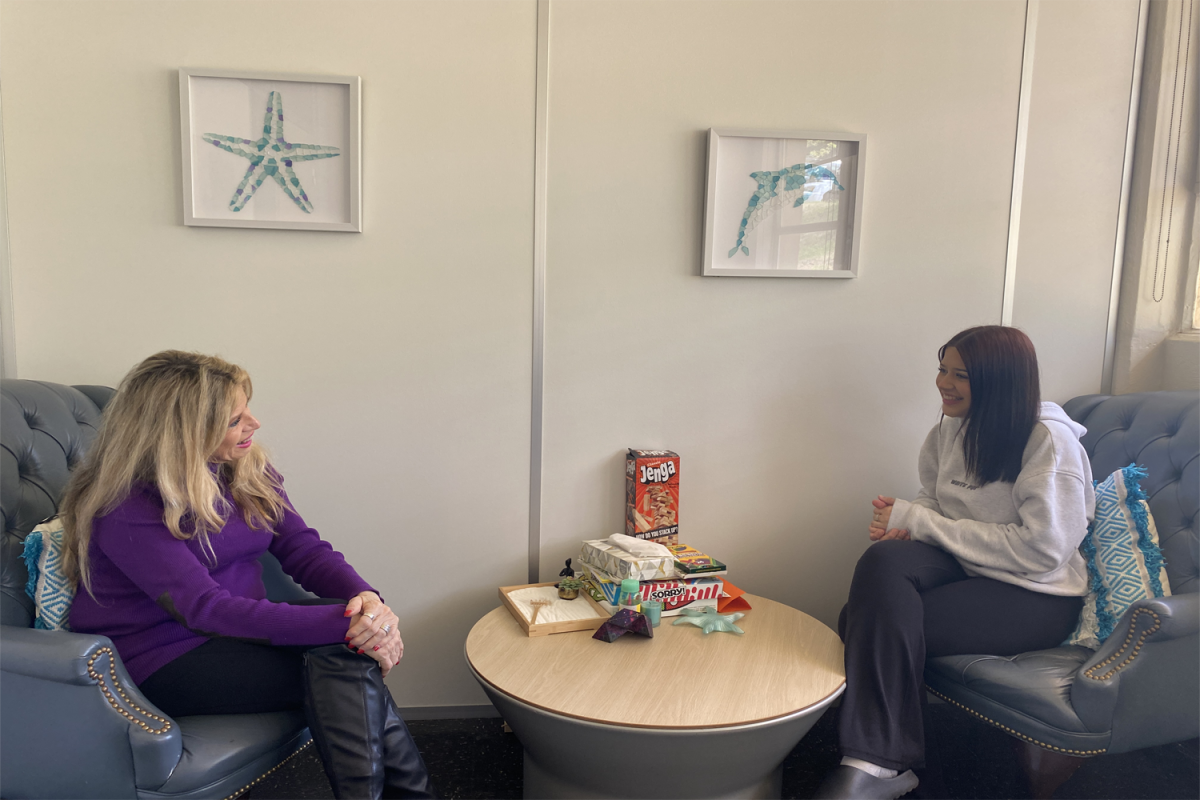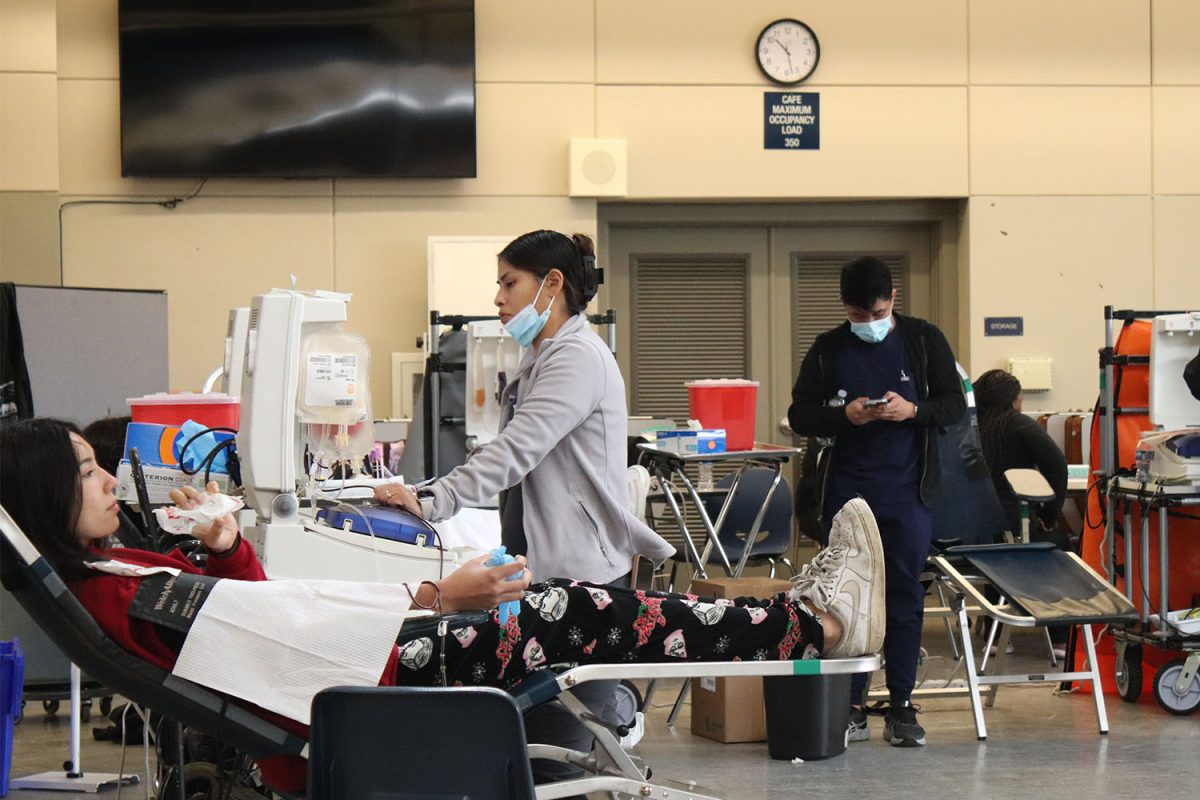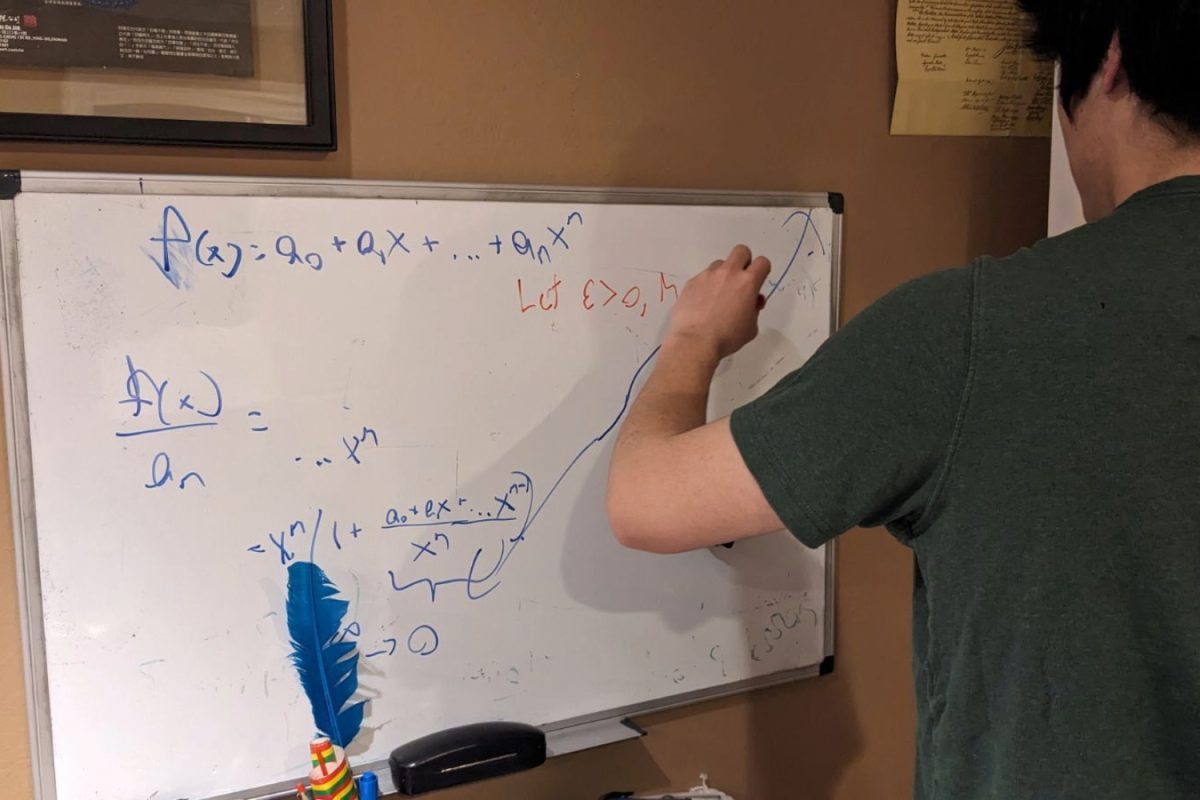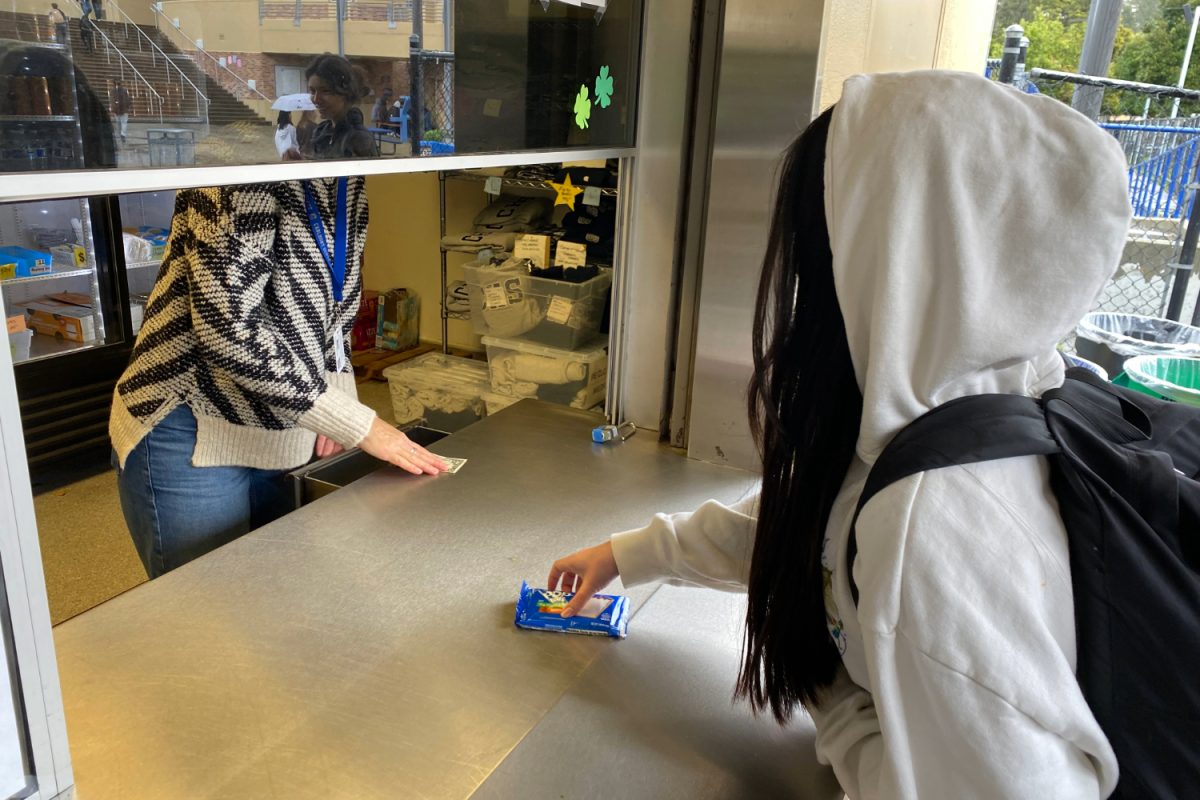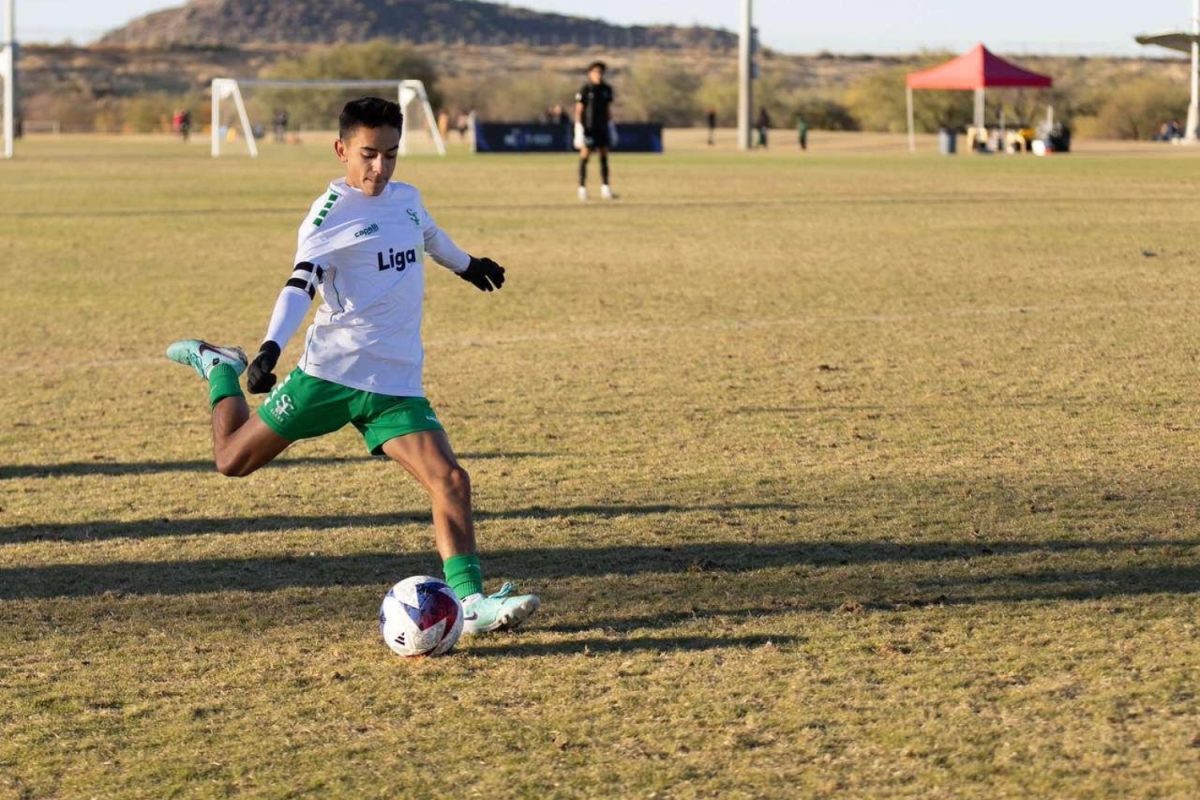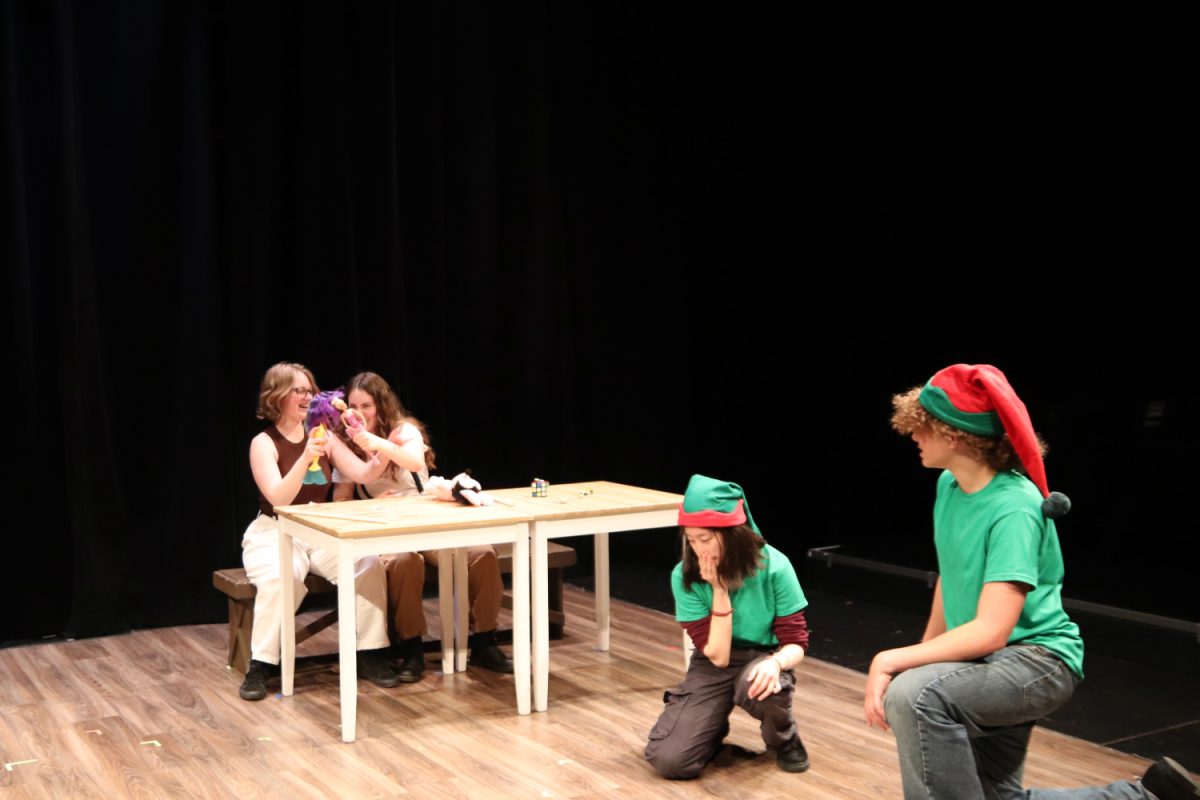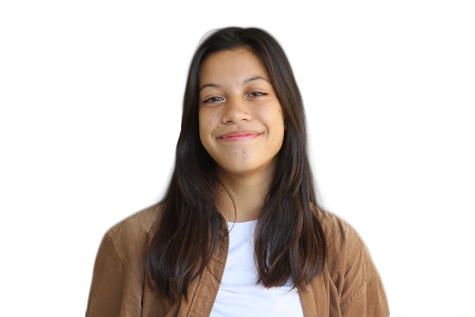California is the first state to adopt a new controversial high school course, Ethnic Studies.
According to the Ethnic Studies model curriculum, Ethnic Studies is a history and social science class aiming to “encourage cultural understanding of how different groups have struggled and worked together, highlighting core ethnic studies concepts such as equality and equity, justice, race and racism, ethnicity and bigotry, Indigeneity, and others.”
The governor first approved it in Assembly Bill 101 in October 2021.
According to the Assembly Bill, Ethnic Studies would be a required course for those graduating in 2029-2030 but was introduced as a graduation requirement for this year’s sophomores.
The program was proposed to the district in 2020 as a graduation requirement instead of an elective. This change would also alter the next year’s history course, changing it from advanced placement (AP) European history to the current AP World history.
The guidelines for the curriculum are intentionally vague, letting schools and districts adapt to their communities.
There were many struggles in building a curriculum, according to Eric Perkins, lead of Ethnic Studies within the Social studies department. This year’s sophomores, the first to go through the program, were not completely satisfied.
“It didn’t really prepare me. I thought the class was really easy the entire year, and history this year is much different. And it didn’t really prepare you in terms of work ethic or knowledge and like what you’re learning, it didn’t really go with one another and help you in the next year,” sophomore Margot Paluska said.
In World history, the workload significantly increased, with much more textbook and writing work, around 6-12 pages of reading a week, and 2-3 essays per semester, according to the course information sheet.
“It gave me zero insight into what actual history classes are like and didn’t teach us any actual history. I think that it could be classified as a social studies class but not a history class, and it didn’t help us prepare for AP World or AP US History,” sophomore Vlasis Kyriacou said.
According to the course information sheet, the AP World History course has around 30 pages of a college-level textbook per week and 6+ essays per semester to prepare for the AP test in May.
“It definitely has challenges, other courses like world history or US history have a lot you can find both in books and online that have ready-to-go stuff that can be really helpful. Ethnic Studies doesn’t have that benefit,” Perkins said.
There is not much guidance for the curriculum from the state either, with only a few specific sources such as the Ethnic Studies Model Curriculum. There was also a struggle last year to find enough teachers to teach the new course and a particularly large freshman class.
This year’s freshmen, however, have a much different experience than the previous year.
“I like it mainly because I learned a lot of stuff that I never had before. It’s a little more intensive compared to the other classes, especially with my teacher. I have a lot of note-taking assignments and after-school projects. So it’s one of the I’d say, harder classes of my seven but it’s pretty enjoyable,” freshman Alex Kim said.
In comparison, some sophomores have called their Ethnic Studies experience “an easy A”.
“I really enjoy that class because I think it’s different from all my other classes. And it has a less of an academic feel to it, and I kind of enjoy how it’s more related to real life rather than all my other classes,” freshman Brooke Toomasson said.
Ethnic Studies seems to be preparing the students for sophomore year history workload, compared to the previous year.
“It’s more department-wide. We all sit down and we all make specific lessons we’ve divvied up and then we all teach roughly the same or similar things with a few exceptions. Last year was a little bit more individualized,” Perkins said.
The Ethnic Studies experience for these freshmen differs greatly from the previous year, having a much similar style to other history classes at Carlmont.
“For me, the goal is that they leave with some understanding of how things that are unseen work. And see how institutions can help or harm people see how social structures, societal structures can really box people in but also celebrate certain people and things like that,” Perkins said.

